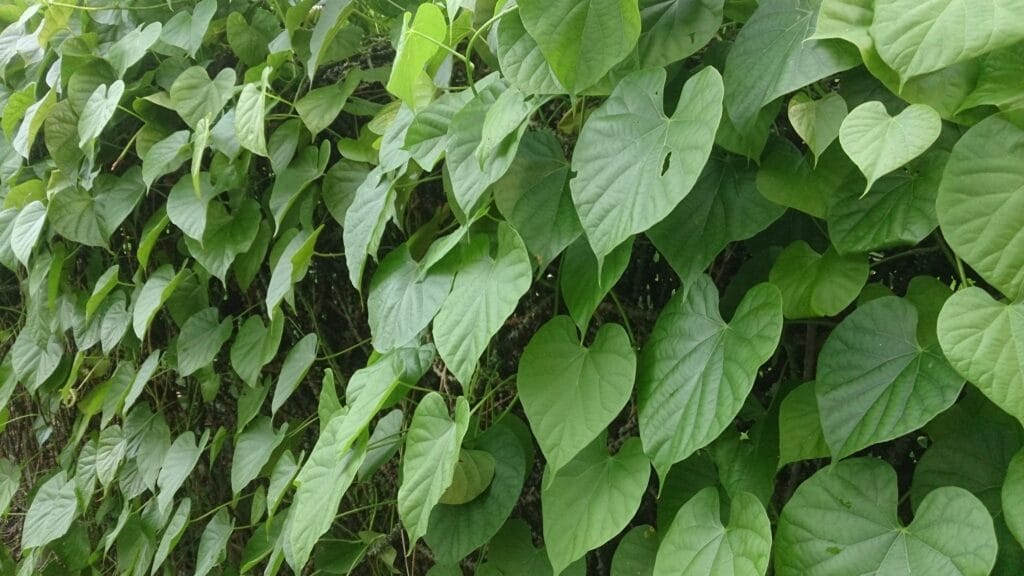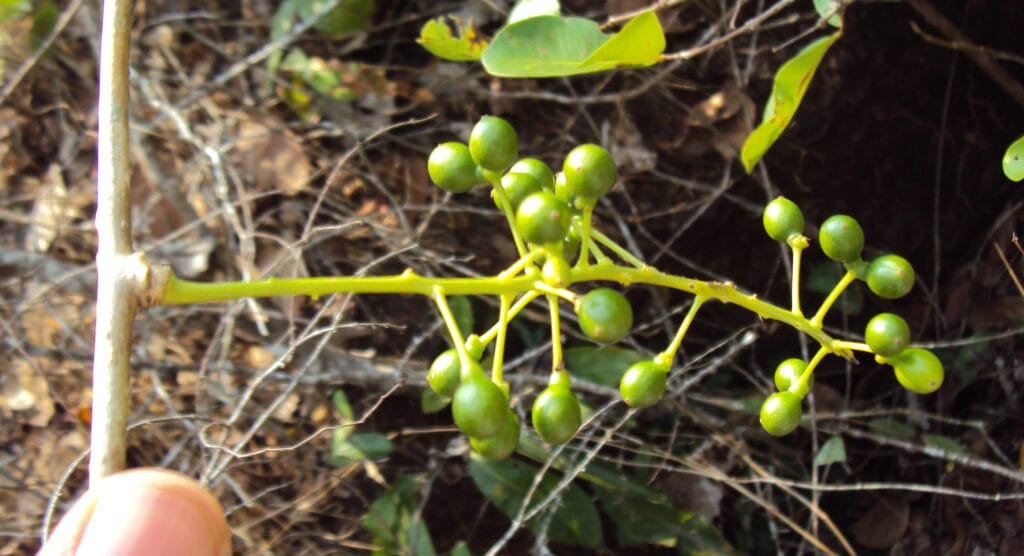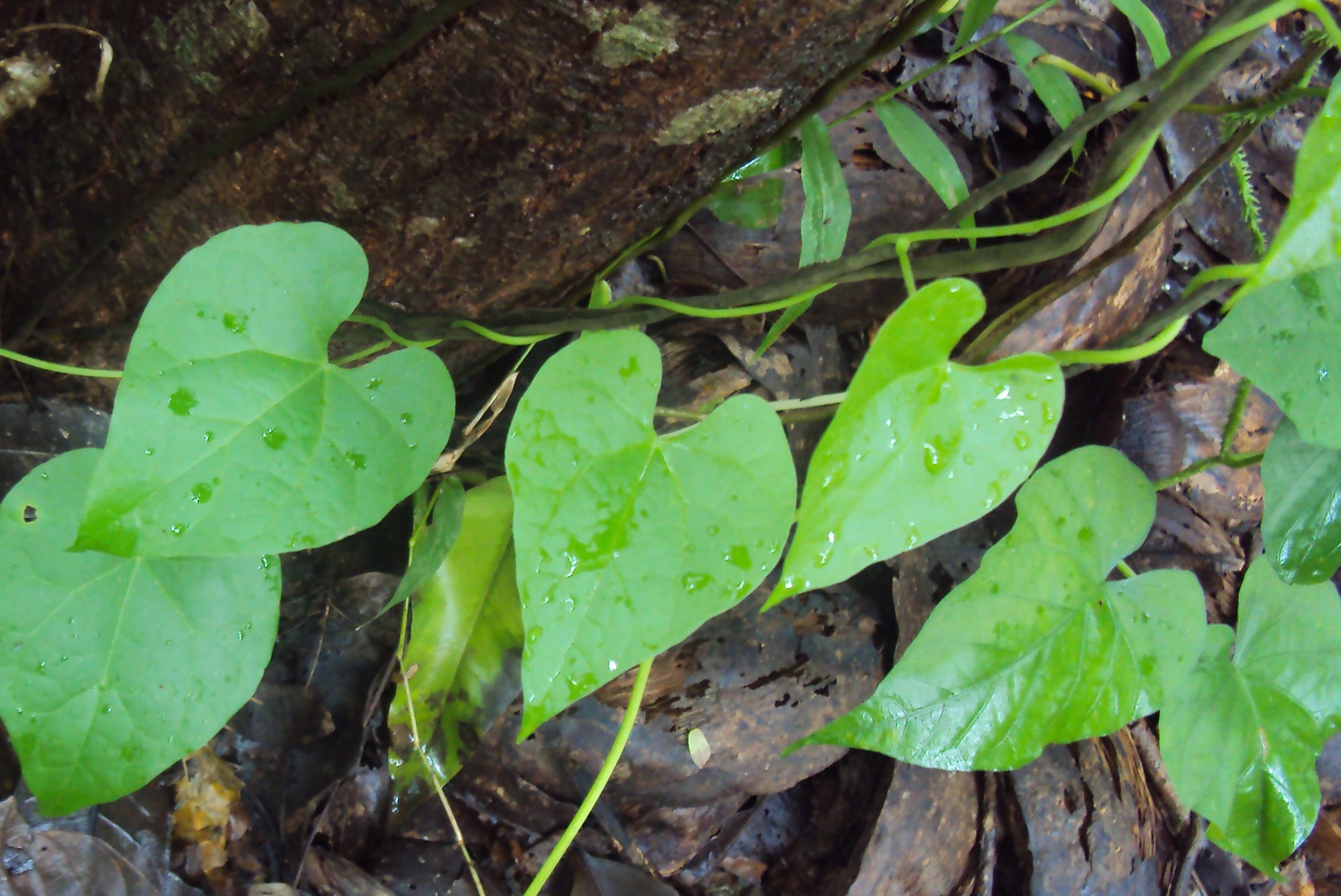Makabuhay, scientifically known as Tinospora cordifolia, is a traditional medicinal plant that has been a staple in various cultures for its impressive range of health benefits.
Often referred to as the “miracle plant,” it is celebrated for its ability to boost immunity, fight infections, and promote overall well-being.
This article delves into the history, characteristics, and multifaceted benefits of Makabuhay, as well as its uses, economic significance, and conservation challenges.
History
The use of Makabuhay dates back to ancient times, particularly in traditional Ayurvedic and Filipino medicine.
Known as Guduchi in Ayurveda, it has been revered for centuries as an “elixir of life” that enhances longevity and vitality. Ancient Indian texts describe it as a divine herb, believed to have been created from the nectar of the gods.
In the Philippines, Makabuhay has long been regarded as a “cure-all” remedy, used by indigenous communities to address ailments such as fever, malaria, stomach disorders, and even chronic pain.
The plant was also historically employed as a restorative tonic to rejuvenate the body after illness or physical exertion. Its enduring presence in traditional medicine highlights its cultural and therapeutic importance across generations.
Characteristics Of Makabuhay
Makabuhay is a climbing shrub with heart-shaped leaves and fleshy stems. It thrives in tropical and subtropical climates, often found growing on trees and fences.

The plant’s bitter taste is a hallmark of its medicinal properties, attributed to the bioactive compounds like alkaloids, diterpenoid lactones, and glycosides found in its stems and leaves.
Environmental Benefits
- Air Purification: Makabuhay contributes to cleaner air as it absorbs carbon dioxide and releases oxygen.
- Biodiversity: It provides a habitat for insects and small animals, enhancing local biodiversity.
- Soil Enrichment: The plant improves soil quality by preventing erosion and supporting microbial activity.
Benefits Of Makabuhay
In this section we’ll explore the Benefits of Makabuhay

- Boosts Immunity: Contains bioactive compounds like polysaccharides and alkaloids that enhance white blood cell activity, fortifying the body’s defense against pathogens.
- Detoxifies the Body: Supports liver function by promoting the removal of toxins, improving overall metabolic efficiency.
- Anti-inflammatory: Its active compounds help reduce inflammation, easing symptoms of arthritis, gout, and other chronic inflammatory conditions.
- Antioxidant Properties: Neutralizes free radicals, protecting the body from cellular damage and reducing the risk of chronic diseases.
- Antipyretic: Effectively lowers fever by addressing underlying infections and reducing body temperature naturally.
- Supports Digestive Health: Improves digestion by stimulating bile secretion, easing constipation, and treating intestinal disorders like dysentery.
- Antimicrobial: Possesses antibacterial and antifungal properties, making it effective in treating skin infections and wounds.
- Enhances Mental Clarity: Promotes cognitive function by reducing stress and anxiety, improving focus and memory.
- Regulates Blood Sugar: Helps in maintaining healthy blood glucose levels, beneficial for individuals with diabetes.
The benefits of Makabuhay are indeed remarkable, showcasing its versatility as a natural remedy. From boosting immunity and detoxifying the body to promoting mental clarity and regulating blood sugar, Makabuhay stands out as a powerful herb with numerous health-enhancing properties. Its wide range of applications makes it a valuable addition to traditional and modern wellness practices alike.
Uses
- Medicine: Extracts and teas made from Makabuhay stems are used to treat fevers, infections, and skin conditions.
- Pesticide: Acts as a natural pesticide in agricultural practices.
- Supplements: Incorporated into capsules and tinctures for easier consumption.
- Skin Care: Used in topical formulations to treat acne, eczema, and other skin conditions.
- Veterinary Medicine: Used to treat parasitic infections in livestock and pets.
- Herbal Baths: Added to warm baths for its soothing effects on the skin and body.
- Plant Growth Enhancer: The extract can be used to promote healthier crop growth due to its bioactive compounds.
- Natural Dye: Some communities use it as a dye for textiles and fabrics due to its vibrant pigmentation.
- First Aid: Applied to minor cuts, insect bites, and burns for its antiseptic and healing properties.
Economic Significance
Makabuhay has economic value, particularly in the pharmaceutical and herbal industries. Its demand as a raw material for natural health products provides livelihood opportunities for farmers and local communities involved in its cultivation and trade.
Conservation and Challenges
Despite its many benefits, overharvesting and habitat destruction pose threats to Makabuhay populations. Sustainable farming practices and awareness campaigns are essential to preserve this valuable plant for future generations.
Interesting Facts About Makabuhay
In this part we’ll explore the Interesting Facts about Makabuhay

- Makabuhay translates to “to give life” in Filipino, emphasizing its health-restoring qualities.
- The plant is sometimes called the “Heart-leaved Moonseed” due to its leaf shape and stem structure.
- In Ayurvedic tradition, it is known as one of the three “Amrit” (nectar plants), symbolizing immortality.
- Studies have shown that Makabuhay extracts can enhance vaccination efficacy by boosting immune response.
- The plant can survive in harsh conditions, making it a resilient and sustainable medicinal resource.
Culinary Uses
While Makabuhay is not commonly used in culinary applications due to its bitterness, it can be infused into teas or blended into herbal concoctions to complement its medicinal uses.
Nutritional Benefits
Makabuhay is rich in alkaloids, flavonoids, and essential nutrients that contribute to its health-promoting properties. These compounds support immune function, improve metabolism, and provide anti-aging effects. It also contains iron and calcium, which aid in maintaining healthy blood and bones.
Traditional Dishes
In some cultures, Makabuhay is incorporated into broths or soups, often paired with other medicinal herbs to maximize its healing potential.
Caution
While Makabuhay offers numerous health benefits, excessive consumption may lead to side effects like gastrointestinal upset or low blood sugar levels. Pregnant and breastfeeding women should consult a healthcare professional before using it.
Conclusion
Makabuhay (Tinospora cordifolia) is a remarkable plant that embodies the synergy between nature and health.
Its rich history in traditional medicine underscores its importance as a natural remedy for a wide array of ailments. Beyond its medicinal uses, Makabuhay’s environmental and economic contributions further highlight its value.
By embracing sustainable practices and continuing scientific exploration, we can unlock even more of its potential benefits. Let us ensure that this “miracle plant” remains a beacon of health and vitality for generations to come.
Also Read: Benefits of Yerba Buena (Mentha arvensis): A Natural Treasure Chest of Benefits
Well, what do you think about the article?
Did you enjoy reading “Benefits of Makabuhay (Tinospora cordifolia) Benefits, Uses, Facts and History“?
We really hope that you have found this article informative and engaging. If you have any thoughts or comments about this post, please feel free to share them in the comment section below. We appreciate your feedback and would be glad to hear from you.
To see more content like this check the gardening section of Money For My Beer.

